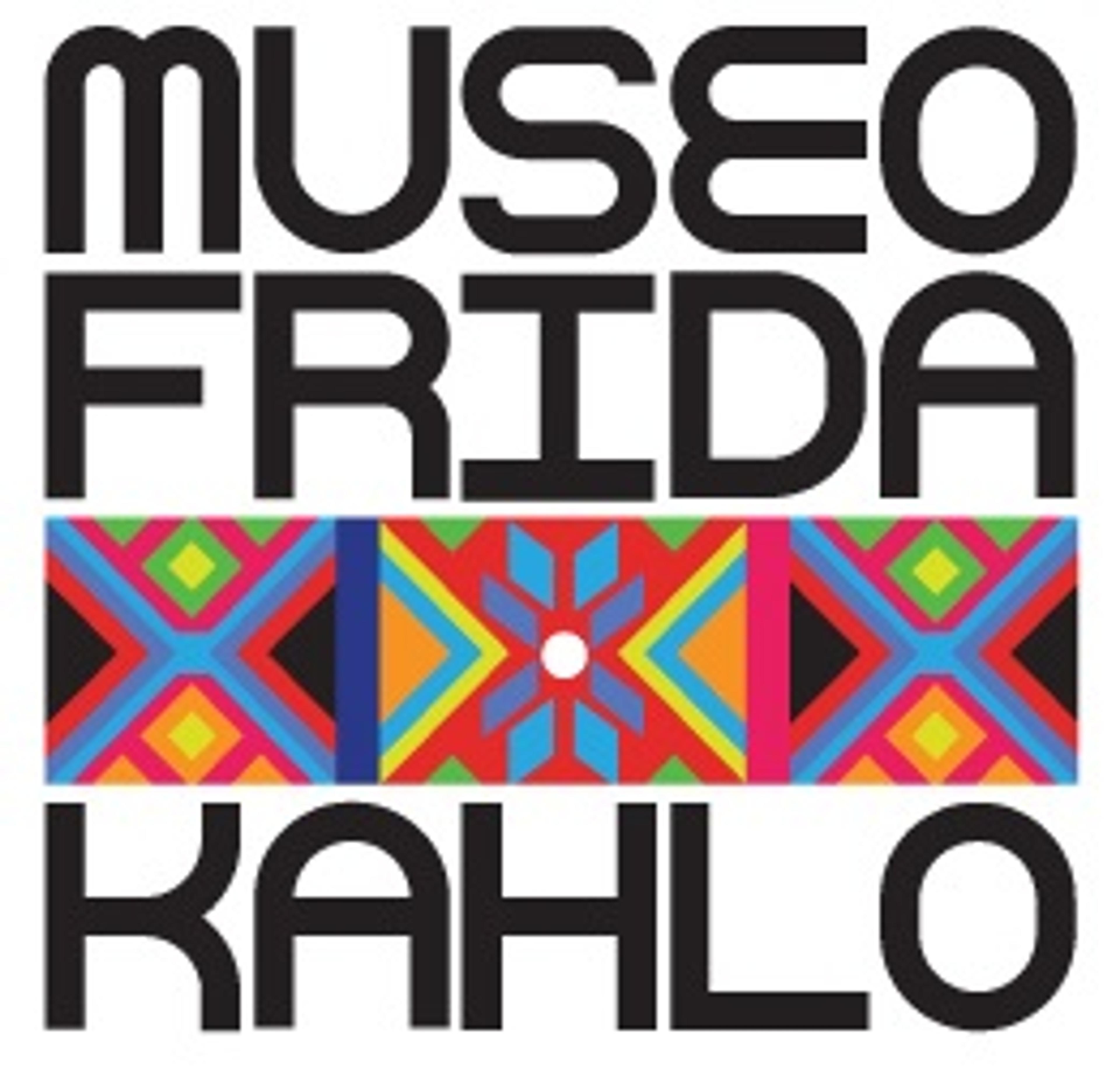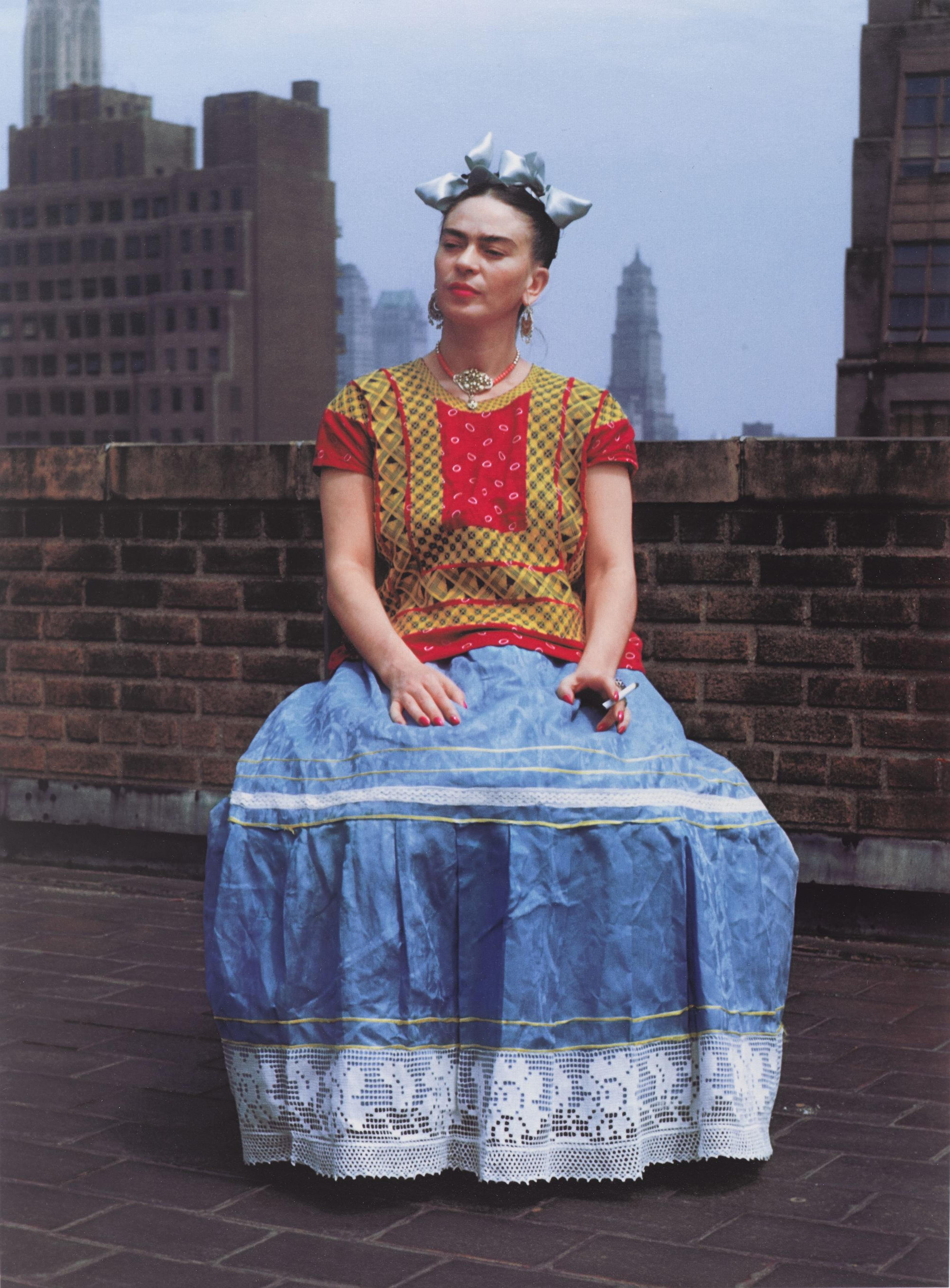Frida Kahlo: Appearances Can Be Deceiving
1 of 15
Mexican artist Frida Kahlo’s unique and immediately recognizable style was an integral part of her identity. Kahlo came to define herself through her ethnicity, disability, and politics, all of which were at the heart of her work. Frida Kahlo: Appearances Can Be Deceiving is the largest U.S. exhibition in ten years devoted to the iconic painter and the first in the United States to display a collection of her clothing and other personal possessions, which were rediscovered and inventoried in 2004 after being locked away since Kahlo’s death, in 1954. They are displayed alongside important paintings, drawings, and photographs from the celebrated Jacques and Natasha Gelman Collection of 20th Century Mexican Art, as well as related historical film and ephemera. To highlight the collecting interests of Kahlo and her husband, muralist Diego Rivera, works from our extensive holdings of Mesoamerican art are also included.
Kahlo’s personal artifacts—which range from noteworthy examples of Kahlo’s Tehuana clothing, contemporary and pre-Colonial jewelry, and some of the many hand-painted corsets and prosthetics used by the artist during her lifetime—had been stored in the Casa Azul (Blue House), the longtime Mexico City home of Kahlo and Rivera, who had stipulated that their possessions not be disclosed until 15 years after Rivera’s death. The objects shed new light on how Kahlo crafted her appearance and shaped her personal and public identity to reflect her cultural heritage and political beliefs, while also addressing and incorporating her physical disabilities.
Frida Kahlo: Appearances Can Be Deceiving is based on exhibitions at the Frida Kahlo Museum (2012), curated by Circe Henestrosa; and the V&A London (2018), curated by Claire Wilcox and Circe Henestrosa, with Gannit Ankori as curatorial advisor. Their continued participation has been essential to presenting the Brooklyn exhibition, which is organized by Catherine Morris, Sackler Senior Curator for the Elizabeth A. Sackler Center for Feminist Art, and Lisa Small, Senior Curator, European Art, Brooklyn Museum, in collaboration with the Banco de México Diego Rivera and Frida Kahlo Museums Trust, and The Jacques and Natasha Gelman Collection of 20th Century Mexican Art and The Vergel Foundation.

Frida Kahlo: Appearances Can Be Deceiving is presented by

Leadership support for this exhibition is provided by Bank of America. Major support provided by Delta and Aeromexico. Generous support provided by Peggy Jacobs Bader, Franci Blassberg and Joe Rice, Leach, a Chargeurs company, the Dobkin Family Foundation, Christina and Emmanuel Di Donna, and The Kaleta A. Doolin Foundation.

With special thanks to the Instituto Nacional de Bellas Artes, the Instituto Nacional de Antropologíca e Historia, and the Mexican Cultural Institute of New York.


Preferred Hotel Partner

Organizing department
Special Exhibition
Media
Hear what visitors have to say about the exhibition.













